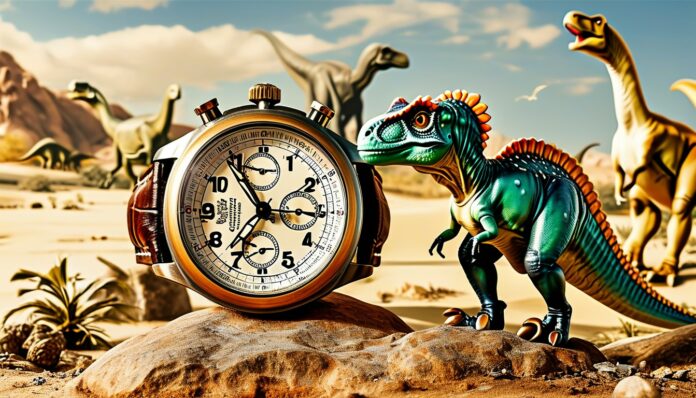Scientists have discovered that Earth has been gradually slowing down its rotation over time. During the age of the dinosaurs, our planet rotated much faster. The reason for this is that the gravitational forces of the Moon act as a brake on our planet. This effect has become increasingly noticeable over time.
As a result, days are becoming approximately two milliseconds longer each century. During the Mesozoic era, when dinosaurs lived, a day lasted between 21 to 23 hours.
As this braking effect continues, the length of a day increases by approximately two milliseconds every century. While this may seem insignificant on a day-to-day basis, over millions of years, it accumulates to a noticeable difference. During the Mesozoic era, which spanned roughly 252 to 66 million years ago and is famously known as the age of the dinosaurs, days were significantly shorter. At that time, a full day on Earth lasted between 21 to 23 hours.
This faster rotation had various implications for the planet. A shorter day means that the Earth completed one full rotation on its axis more quickly, which also affected the planet’s environment. For instance, a faster rotation could have influenced wind patterns, ocean currents, and even the behavior of the Earth’s magnetic field, which in turn might have impacted the climate and ecosystems in which dinosaurs lived.
